Antiques are more than just old things—they’re treasures that carry the stories of the past. Whether it’s a family heirloom passed down through generations or a unique find from a local flea market, these pieces deserve to be cherished and preserved. Caring for your antiques ensures they stay looking timeless for years to come. Here are some tried-and-true preservation tips to help keep your beloved collectibles in top shape.
1. Know Your Materials Before You Start
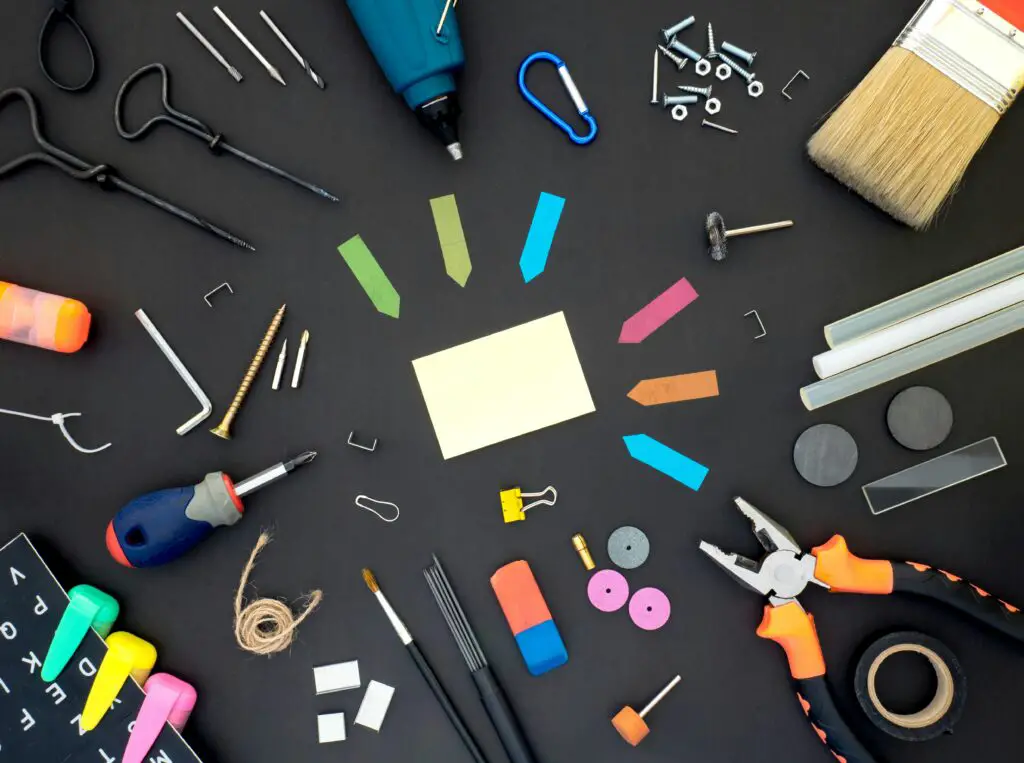
Before diving into any preservation routine, take the time to understand the materials your antique is made from. Is it wood, metal, fabric, or a mix? Each material requires a different approach. For instance, a wooden piece might benefit from a light polish, while metal could need gentle buffing to prevent tarnish. Familiarizing yourself with the materials helps avoid accidental damage and ensures you’re using the right methods.
2. Avoid Direct Sunlight to Prevent Fading
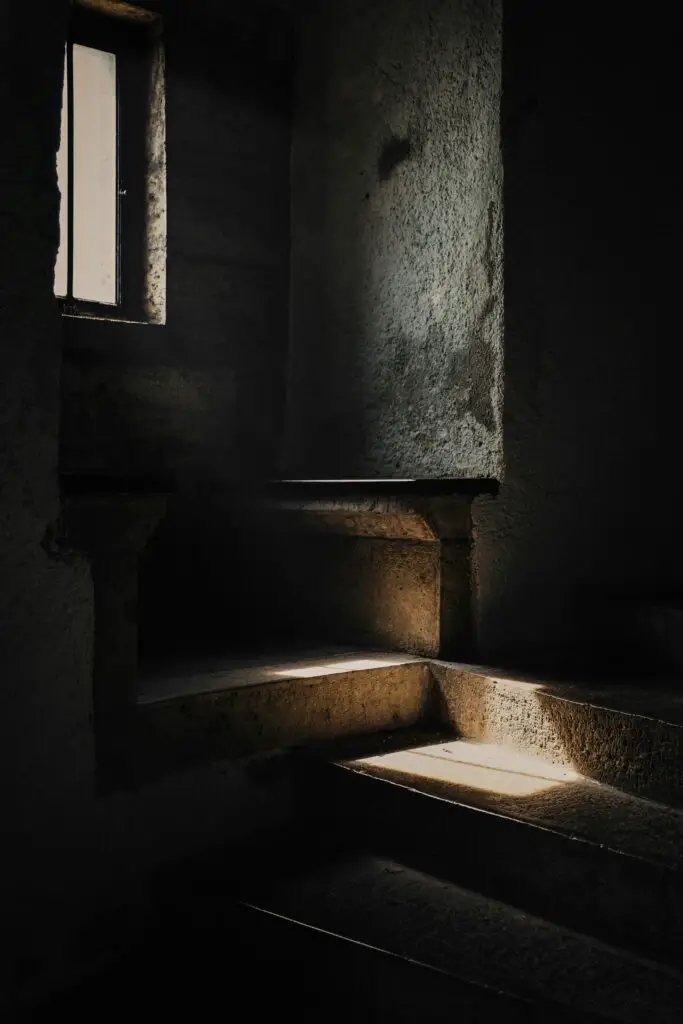
Just like with people, antiques aren’t fans of too much sun. Prolonged exposure to direct sunlight can cause wood to warp, fabrics to fade, and paper to become brittle. To keep your antiques looking fresh, place them in areas away from windows or use UV-filtering glass if you must display them in a bright space. Curtains or blinds can also help protect your pieces from those harsh rays.
3. Control Humidity Levels in Your Home
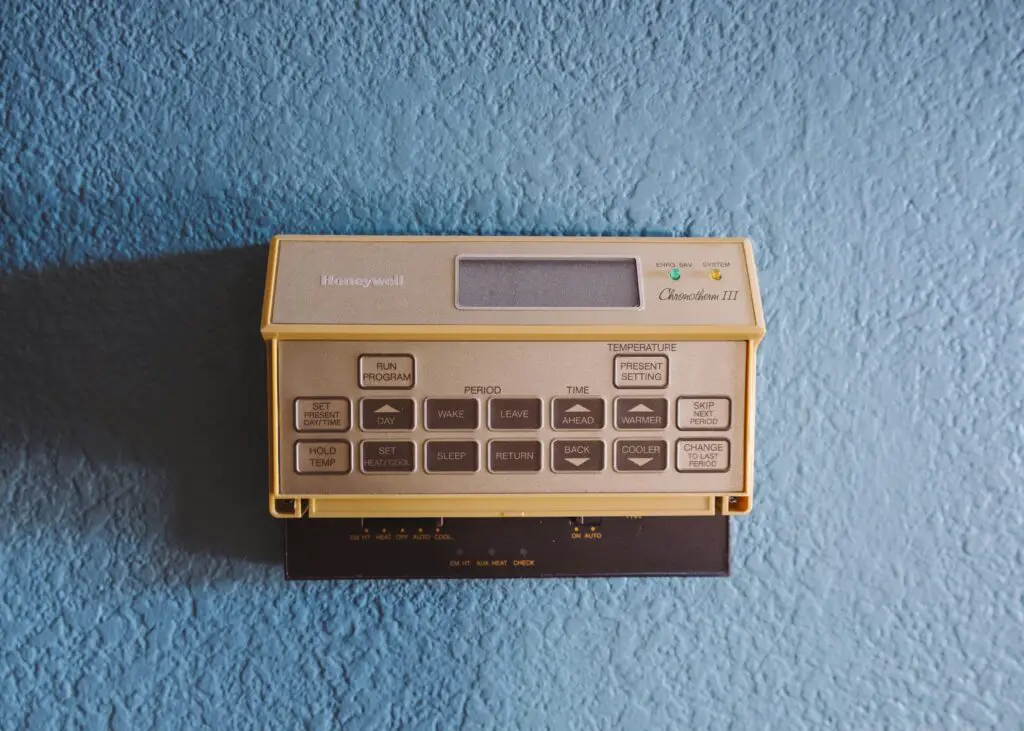
Extreme humidity can be disastrous for antiques. Too much moisture can lead to mold growth, while too little can cause wood and paper to dry out and crack. Aim to keep your home’s humidity level around 45-55% for optimal conditions. Using a dehumidifier in the summer and a humidifier in the winter can help you maintain this balance, ensuring your pieces are preserved in the perfect environment.
4. Dust Regularly with a Soft Cloth
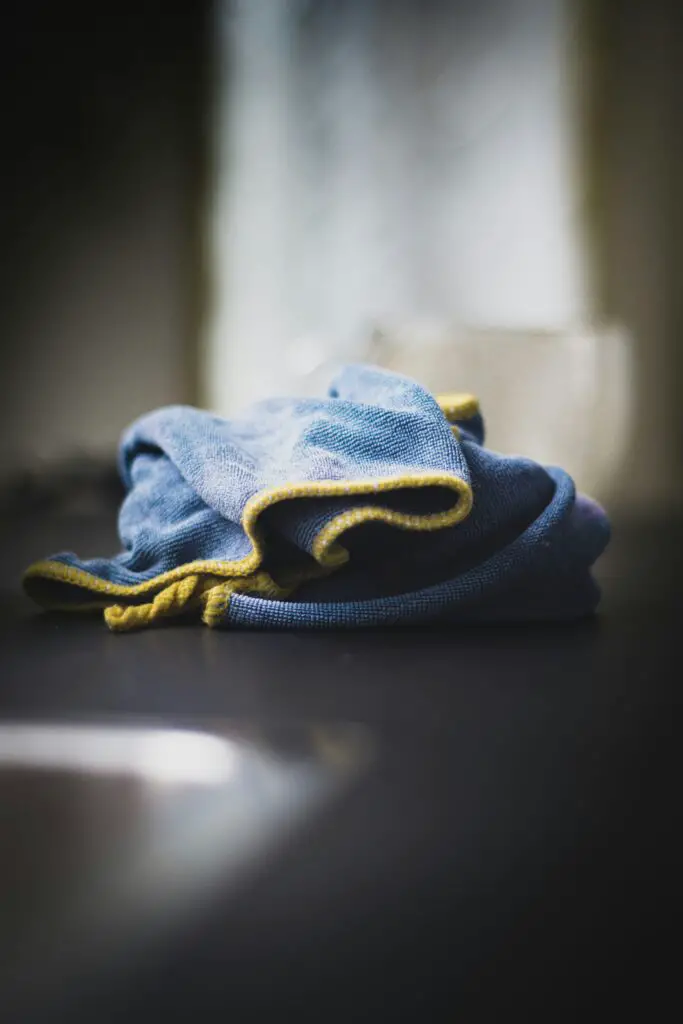
Dust may seem harmless, but over time it can cause surfaces to become scratched or dulled. Use a soft, lint-free cloth to gently dust your antiques regularly. Avoid feather dusters, as they can sometimes push dust into crevices or cause small scratches. For fragile items like porcelain or glass, a microfiber cloth works best, as it’s gentle enough to avoid damage but effective at removing dust.
5. Use Gentle Cleaning Products Sparingly
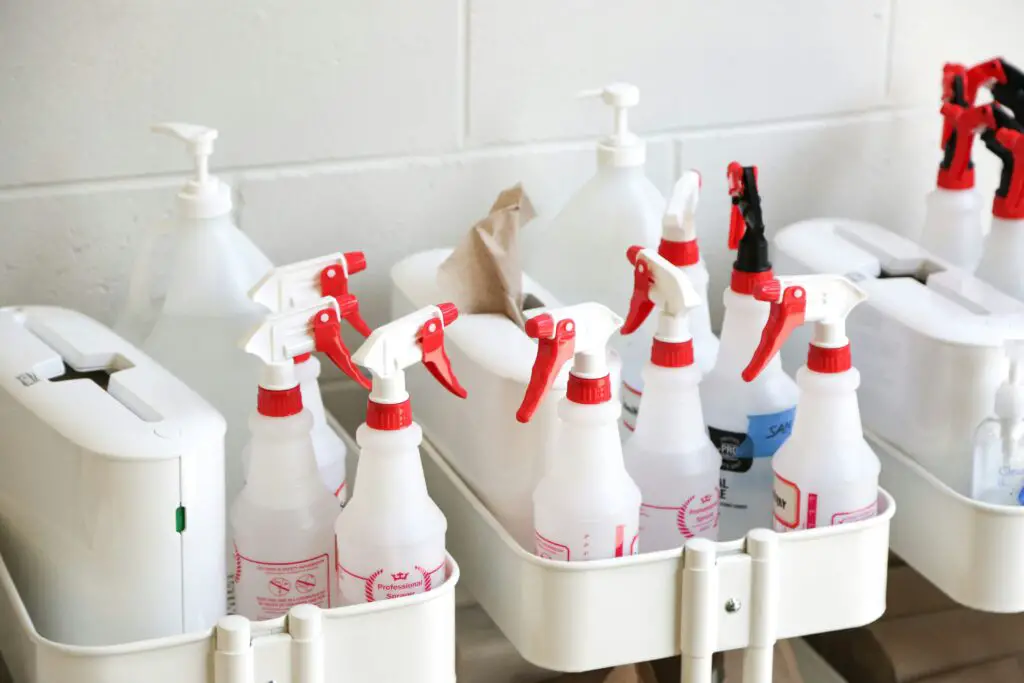
Sometimes, a bit of cleaning is necessary to keep your antiques looking their best. But be cautious—many commercial cleaning products are too harsh for delicate surfaces. Opt for mild, pH-neutral cleaners, and always test a small, inconspicuous area first. Avoid anything with ammonia or alcohol, as these can strip finishes and cause irreparable damage. For wood pieces, a blend of mild soap and warm water is usually sufficient.
6. Handle with Care (and Gloves, If Possible)

Your hands contain natural oils and sweat that can damage delicate surfaces over time. For valuable or fragile antiques—especially textiles, metals, and paper—wear cotton gloves when handling them. If gloves aren’t available, make sure your hands are clean and dry. Always support the base of heavier items, and avoid gripping too tightly, as some antiques can be brittle and prone to cracking.
7. Keep Antiques Out of High-Traffic Areas
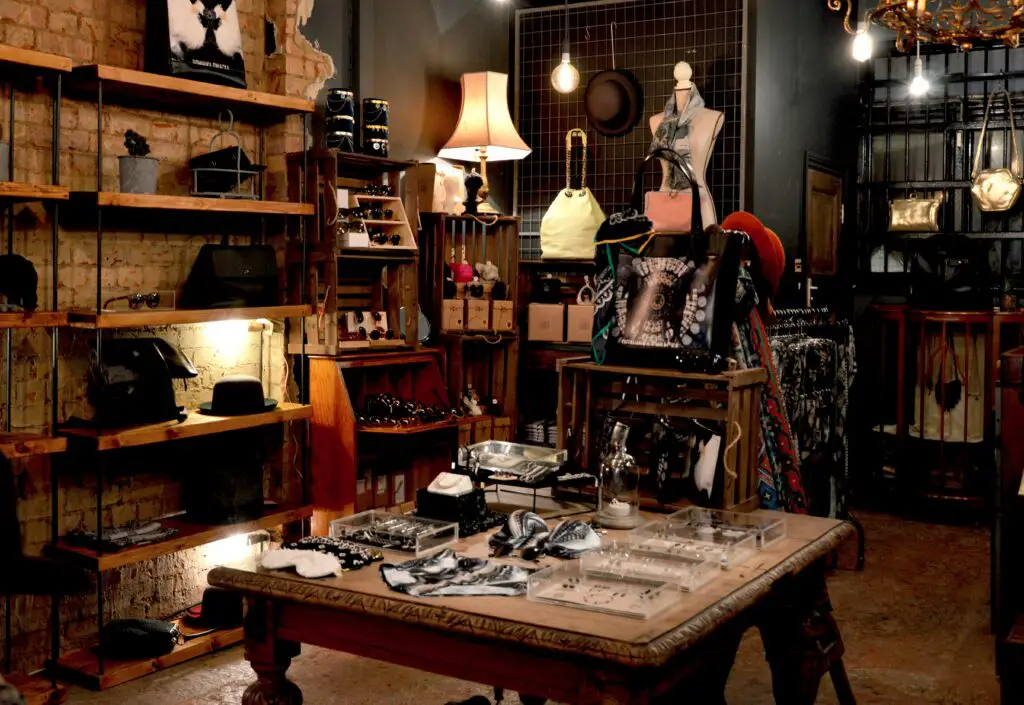
Accidents happen, but placing antiques in high-traffic areas increases the risk of something getting bumped, knocked over, or damaged. Instead, choose display locations that are a bit out of the way or higher up, like a mantelpiece or a secure shelf. This is especially important for fragile pieces like ceramics, glass, or intricate sculptures.
8. Rotate Displayed Items to Prevent Wear
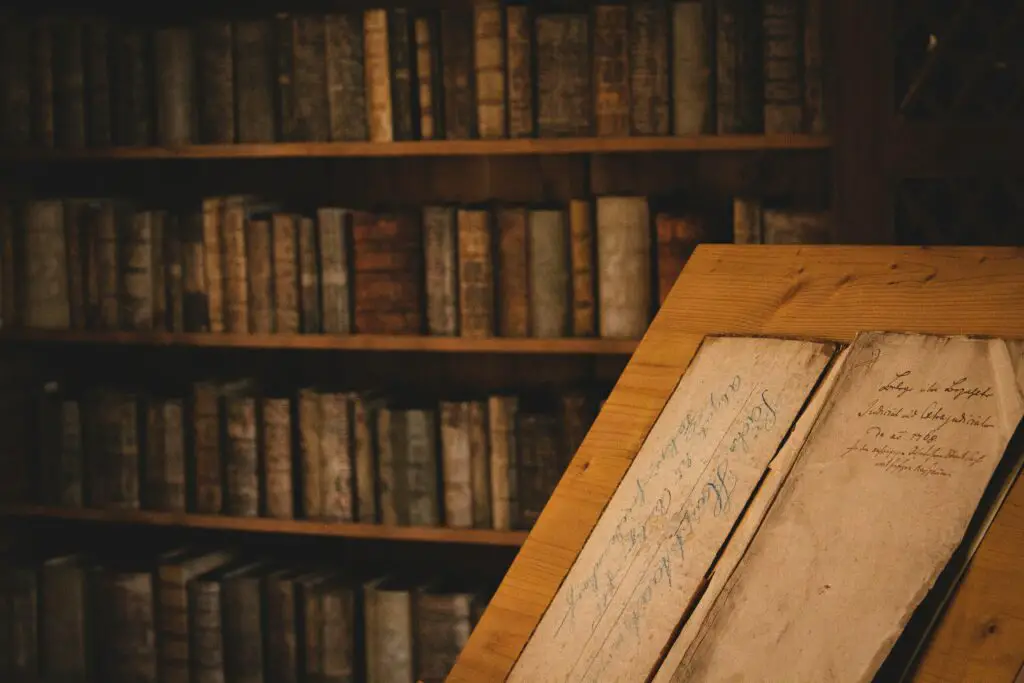
If you love showing off your collection, consider rotating the items on display every few months. This not only prevents specific pieces from being exposed to prolonged sunlight or dust but also gives you the chance to enjoy different parts of your collection throughout the year. Plus, it keeps your displays feeling fresh and engaging.
9. Watch Out for Pests

Pests like moths, silverfish, and beetles can wreak havoc on your antiques, particularly those made of fabric, wood, or paper. Regularly inspect your collection for signs of infestation—tiny holes in textiles, sawdust-like residue on wood, or thin paper shavings. If you notice any issues, consult a pest control expert who specializes in treating antique materials to avoid further damage.
10. Store Items Properly When Not on Display
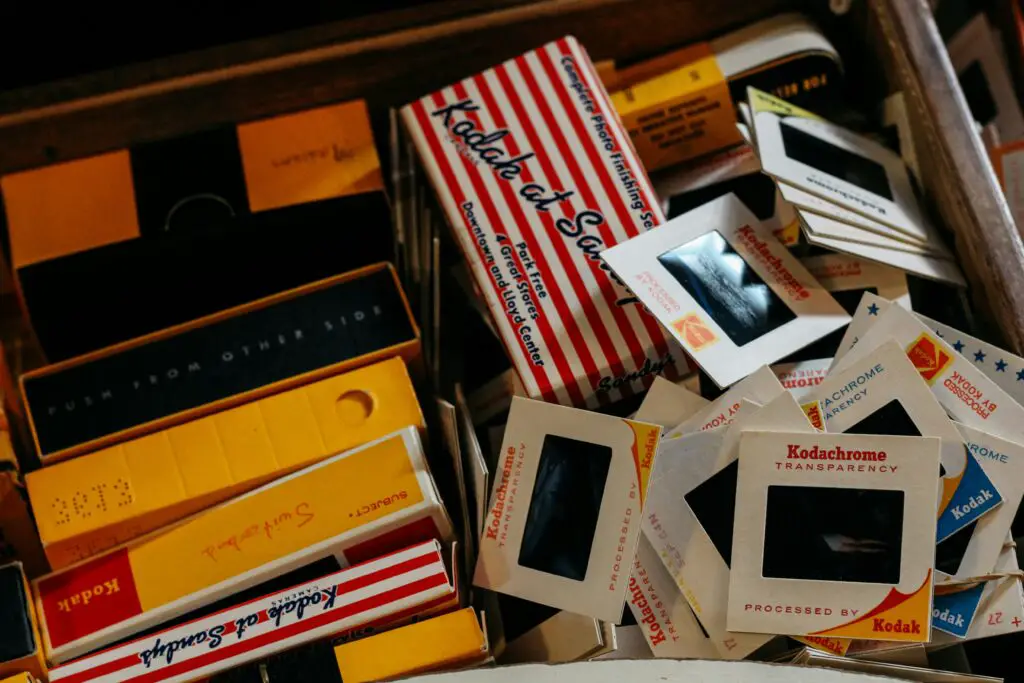
Not all antiques are meant to be displayed all the time. When storing your collection, use acid-free tissue paper and sturdy storage boxes. For textiles, avoid folding whenever possible to prevent creases—roll them instead. Keep stored items in a climate-controlled environment and off the ground to protect them from moisture and temperature fluctuations.
11. Refrain from Over-Restoring
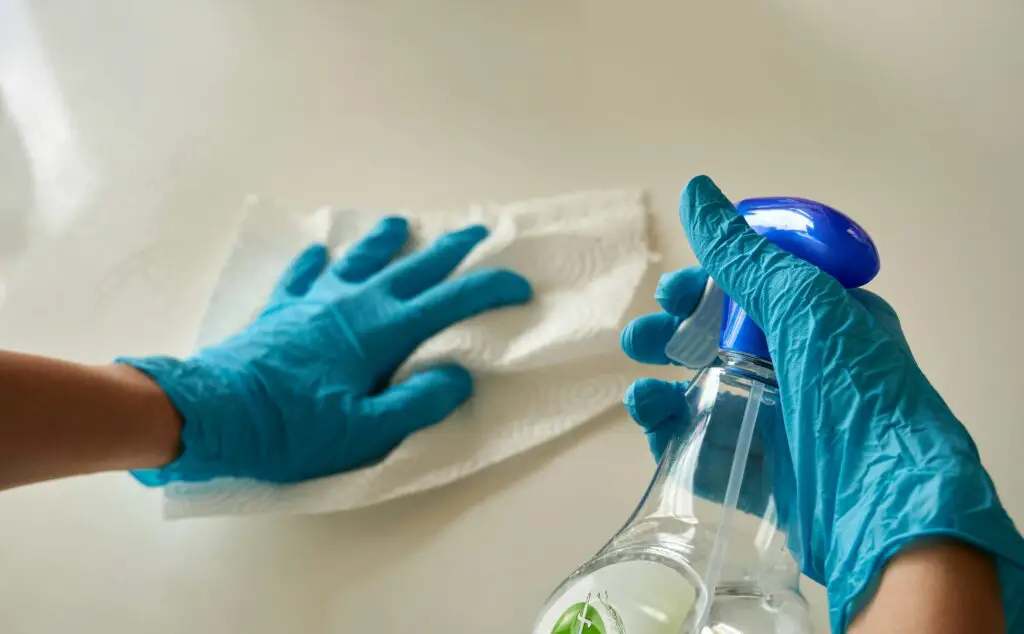
While it’s tempting to restore an antique back to its original glory, be careful not to go too far. Over-restoring can strip away a piece’s history and value. Embrace the patina and imperfections that come with age—they’re part of what makes your antique unique. If a piece needs repair, consult a professional restorer who understands how to maintain its authenticity and integrity.
12. Invest in Professional Conservation for Valuable Items
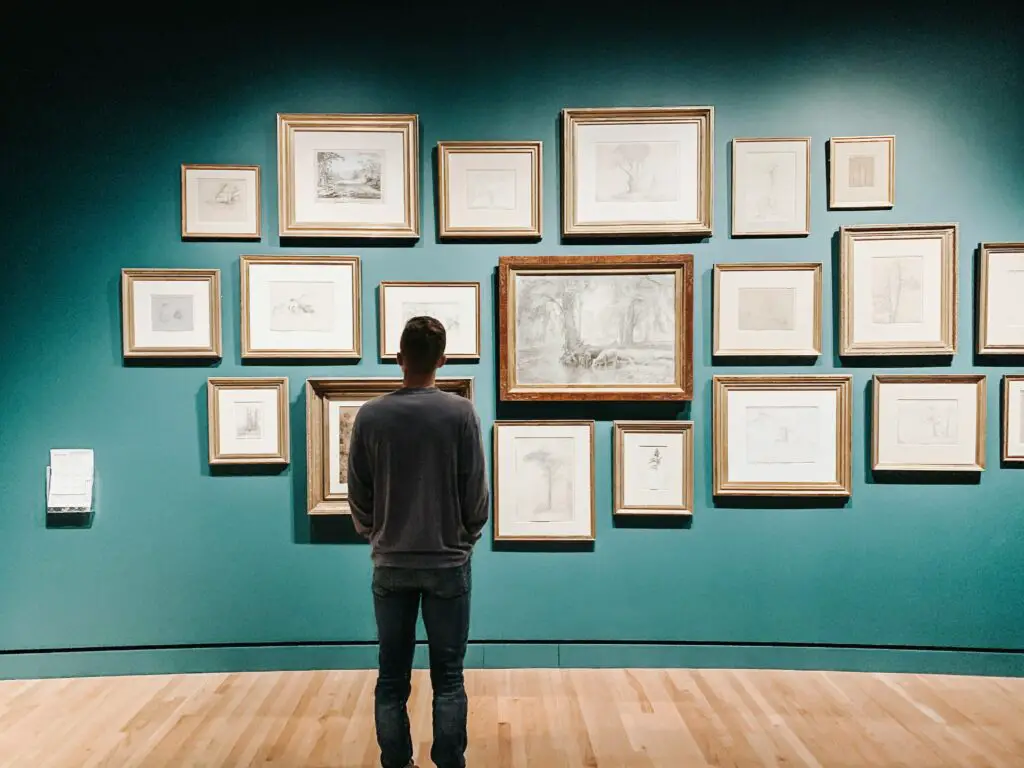
For particularly valuable or sentimental pieces, professional conservation might be the best option. Trained conservators have the skills and tools to handle delicate restorations, such as repairing cracked ceramics, treating aged leather, or preserving ancient textiles. It’s an investment in the longevity of your collection and ensures your antiques are in the safest hands possible.
13. Document and Track Your Collection

Keeping a detailed record of your antiques can help you monitor their condition and spot any changes. Take high-quality photographs of each piece and note any identifying marks, dimensions, and condition details. If you notice a crack getting larger or fabric becoming more discolored, you can address the issue before it becomes a serious problem.
14. Share Their Stories and Enjoy Them!

Preservation is important, but don’t forget to enjoy your collection, too! Share the stories behind each piece with family and friends—where it came from, how you found it, or what it means to you. Display them proudly and take pleasure in the memories they evoke. The real value of your antiques isn’t just in their age, but in the joy they bring to your life.
Caring for antiques isn’t just about keeping them looking good—it’s about respecting their history and ensuring they can be appreciated for generations to come. With these tips, you’ll be well on your way to keeping your cherished pieces timeless and beautiful, all while enjoying the unique character they bring to your home.


